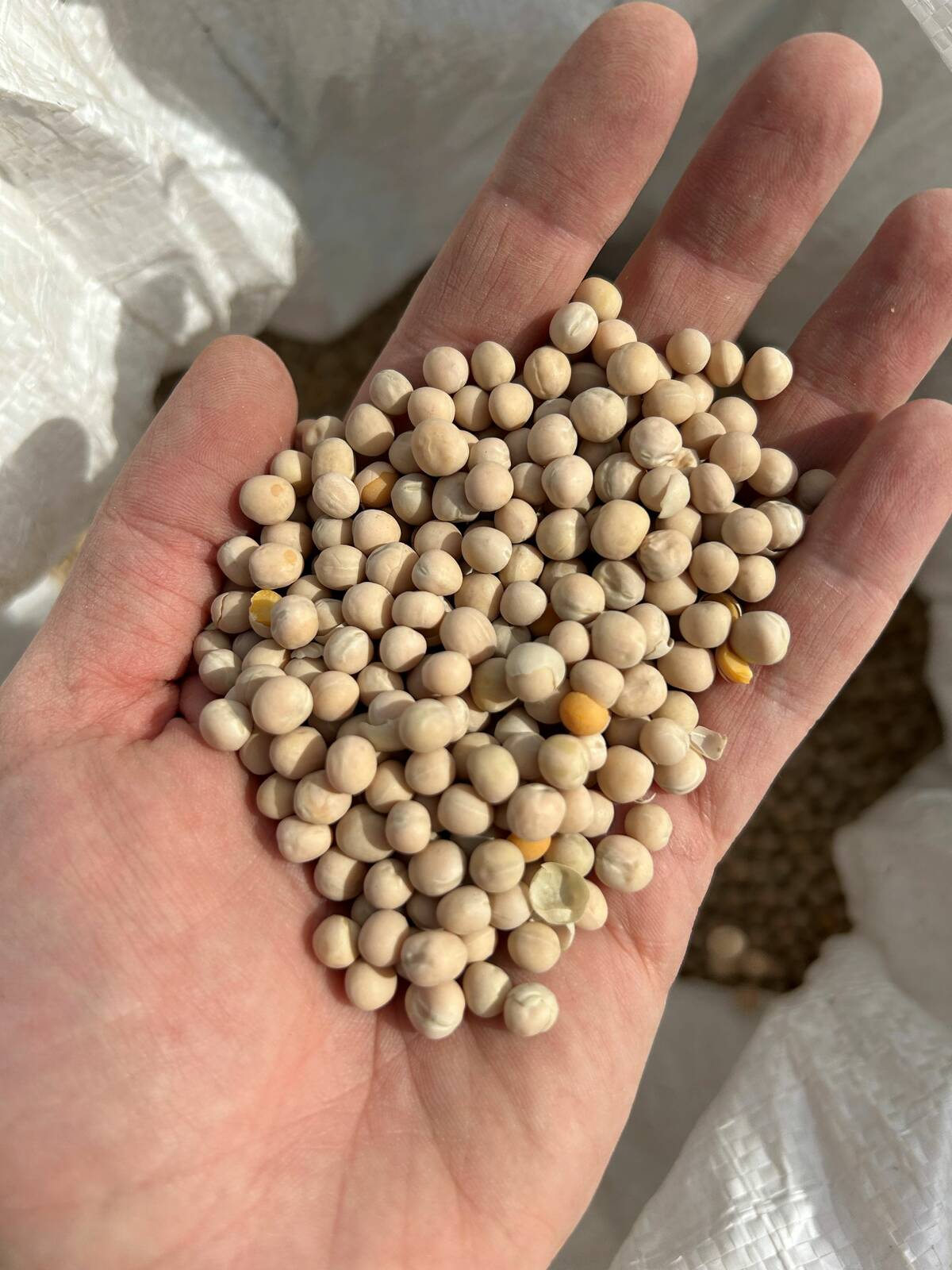Ontario’s oat growers will need to be “on the alert” this spring for crown rust, as fungal infection rates are high this spring in the other plant species that hosts the rust spores.
Crown rust depends on European buckthorn as the alternate host, and buckthorn infection rates are high this spring in many parts of the province, provincial crop plant pathologist Albert Tenuta said in a newsletter for farmers this week.
The pathogen is not seed or soil-borne, Tenuta said. European buckthorn is the primary local source of spores while another source is blown in from the southern U.S.
Read Also

Pulse Weekly: Tariffs guide yellow peas in 2025
Tariffs were a major influence on Canadian yellow pea prices in 2025, with levies imposed by China and India. The two countries are Canada’s biggest foreign pulse buyers.
Crown rust produces orange pustules, called uredinia, on oat leaves and sheathes. The pustules can produce thousands of orange-yellow spores which can spread to other fields or infect adjacent plants, he said.
There are different races of the crown rust fungus and like other rusts, they change over time, Tenuta said. Thus, they can affect a variety’s performance over time.
Crown rust, he said, is most problematic when the disease develops early. Temperatures above 30°C, which stop infection, are expected soon, but the milder daytime highs (15-25°C) and nighttime lows (10-20°C) combined with frequent dew and rain in the meantime have not helped the situation.
To deter crown rust, the province advises oat growers to seed a tolerant variety, and as early as possible in the season to avoid late-season infections.
Foliar fungicides are effective against the pathogen, but must be applied “in a timely manner” and close to flag leaf emergence, so as to protect the flag leaf, Tenuta said.















